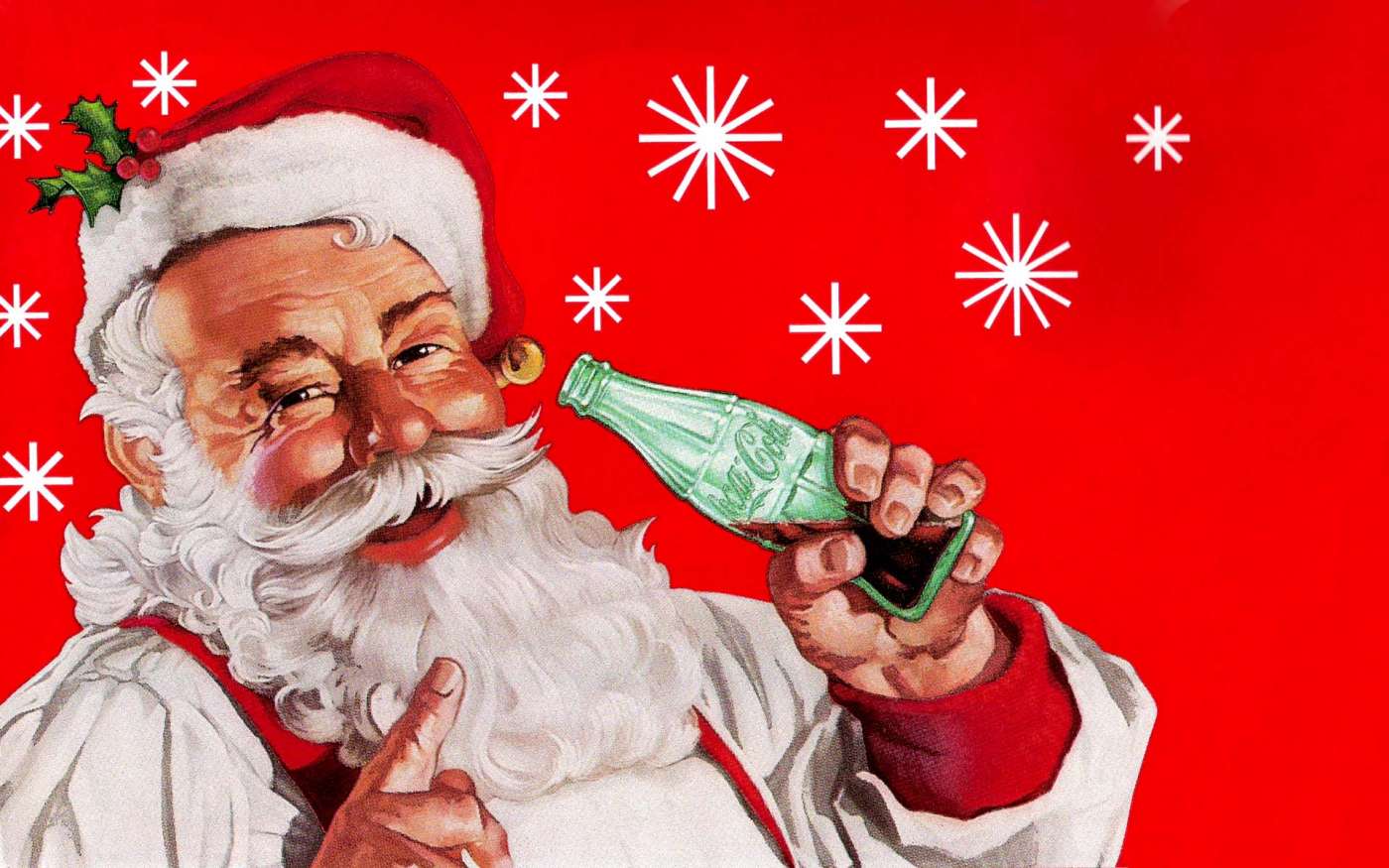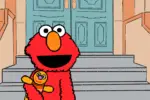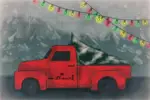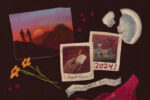It’s that time of year again. Time to rush over to the mall to buy last-minute gifts for family and friends, all while stressing over finals as well. After all the excitement of checking off everything on your list, you’ll need to sit back and enjoy a cold can of your favorite holiday drink: Coca-Cola.
Today, Coca-Cola is more than just your average soda—it is arguably one of Americans’ most loved soft drinks. Though in business, the goal in marketing any advertisement is to reach and influence as many consumers as possible, Coca-Cola’s marketing team throughout the decades has carefully crafted its advertisements to evoke positive vibes and stories that Americans and, by extension, Coca-Cola lovers worldwide can share. While many people may assume that advertising is simply manipulation and that the goal is to “move the money from your client’s pocket into your pocket” as Matthew McConaughey’s character says in “The Wolf of Wall Street,” there is something still so human in the advertising process which Coca-Cola recreates time and time again: a business sells its vision and ideas, however imagined or far-off from reality they may be. In its purest form, advertising is story-telling. Coca-Cola’s Christmas advertisements tell the story of the wonder and awe of the season.
During this holiday season, the Coca-Cola brand is synonymous with Christmas. The nostalgic and communal feeling you get from watching the Coca-Cola commercials makes this soft drink more than just soda water and syrup.
The story of how Coca-Cola stole the Christmas market for soft drinks began back in the 1920s when the company decided to feature the man in the red suit, Santa Claus, in their advertisements, linking the company perpetually to the most wonderful time of the year. Coca-Cola’s Santa Claus helped shape the character, personality and physical description of Santa for many more decades to come.
Coca-Cola adopted the cartoonist Thomas Nast’s version of Santa Claus for their first Christmas time advertisements in the 1920s appearing in shopping magazines such as “The Saturday Evening Post.” Nast illustrated Santa as more of a mischievous Norse huntsman or elfish creature dressed in a gaunt robe as opposed to the jolly man Americans are familiar with today.
In 1931, D’Arcy Advertising Agency executive working with Coca-Cola Archie Lee envisioned a more wholesome Santa who is still the same cheerful and sweet grandpa-looking figure as opposed to the Father Time, eerie Santa you’d likely find in tales of “Krampus” rather than sliding down your chimney for milk and cookies.
Coca-Cola commissioned Michiganian illustrator Haddon Sundblom who depicted Santa as a person, not as a man dressed up as Saint Nick. For inspiration, Sundblom read Clement Clark Moore’s famous poem “A Visit from St. Nicholas” or more commonly known as “Twas the Night Before Christmas” in which Moore describes the physical features of Santa such as “cheeks as roses” and a “nose like a cherry,” which illustrate the image of a cheerful, pleasant and warm Santa. Later on, in his career with Coca-Cola, Sundblom even used himself as a model for Santa by sitting in front of a mirror and painting himself.
In 1931, the first Coca-Cola advertisement known as “My Hat’s Off to the Pause that Refreshes,” which featured Sundblom’s Santa, brought to life the Moore’s Santa with sharp perfection. For the next several years, Coca-Cola marketed their soft drink as a much-needed pause from the busy rat-race of everyday life, capable of refreshing even one of the busiest bodies during the year.
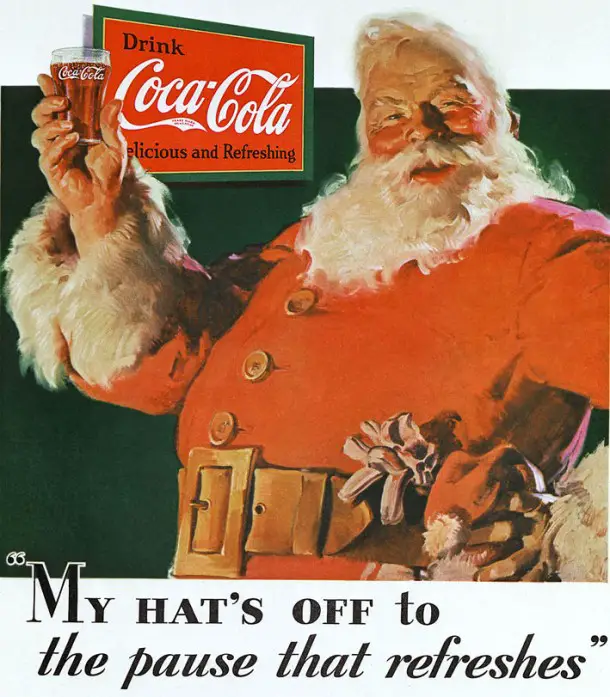
In 1938, embraced in his arms, the first child appeared with Santa, which revealed him as someone who loves children and their wondrous innocence. The children who appeared with Santa in Sundblom’s paintings were based on Sundblom’s neighbors who were girls, but in the paintings, he painted them as a boy and girl.
Coca-Cola continued to solidify its place as a holiday brand by using the jolly, plump and friendly Santa throughout the 1940s and 1950s during wartime. Though already a global brand since 1929, these wartime advertisements depict Santa and the world in an effort to pay homage to American soldiers fighting overseas.
Also during the war, in 1944, Sprite Boy, Santa’s sidekick if you will, joined the Coca-Cola holiday campaign along with Santa. Introducing Sprite Boy into its holiday campaign advertisements also introduced the idea of magic in association with the Coca-Cola soft drink. There was something magical about enjoying a bottle of Coca-Cola during Christmas time, and that perceived magic is still present today in its advertisements. Sprite Boy phased out of Coca-Cola holiday ads in 1961 since the company developed the new soft drink Sprite. So, much like Sprite Boy had been Santa’s sidekick, the soft drink Sprite became, and still is, Coca-Cola’s sidekick.
In more recent years, though still retaining that jolly and plump man in the red suit, Coca-Cola has moved into a new territory in terms of advertising. In the 1990s, the soft drink company first introduced the “holiday caravan” in its famous “The Holidays are Coming” Christmas ad. In these Christmas ads, the jolly Santa from the 1930s paintings comes to life in this live-action televised advertisement and delivers Coca-Cola to neighborhoods across the country.
In the “holiday caravan” commercials, children everywhere look upon the Coca-Cola caravans with wonder and awe as the magic resurfaces, which characterized the paintings of Santa and later Sprite Boy who appear on the sides of the train cars. Though well-entrenched in Coca-Cola’s branding, the company sells the feeling of nostalgia through displaying the 1930s Santa on the train cars. Using traditional images from age-old advertisements helps solidify the association with Coca-Cola as a “classic” brand.
Though the recreation of Santa as a jolly fellow achieved massive success, another one of Coca-Cola’s goldmines in marketing terms comes with the association of the brand to polar bears. Back in the 1990s, Ken Stewart, senior vice-president and director of creative advertising at Coca-Cola, came up with the idea of using polar bears in the next set of Coca-Cola advertisements from his dog Morgan who he called a “polar bear” pup. As he was jotting down ideas for the next big Coca-Cola commercial buster, Morgan came bounding into the room and it suddenly clicked for Stewart.
“The brain quickly started to kick in,” Stewart recalled. “I always thought Morgan looked like a polar bear… I used to call him the polar bear puppy or the baby polar bear. And so, I thought, ‘Wow, polar bear. Coke… cold, refreshing. Great! I have to tie polar bears into this somehow.’”
Moving forward with what would become the famous 1993 “Northern Lights” advertisement campaign, Stewart sought the expertise of Los-Angeles-based Rhythm & Hues visual effects and animation company to animate the advertisement using what was then considered state-of-the-art animation technology. The polar bears were an instant hit with viewers, leading to encore feature advertisements in the 1994 Olympic Games and many more Coca-Cola advertisements featuring the furry, North pole dwellers. Even four-time academy award nominee director and producer Ridley Scott, produced a short film on polar bears, inspired by the 1993 commercial.
Coca-Cola’s marketing team throughout the decades has certainly proved their unmatched creativity when it comes to advertising their most prized soft drink. The company has taken Santa from being a first-cousin once removed to Krampus to the jolly, happy and plump Santa Claus we all know and love. They even got another soft drink out of the process to be a sidekick to Coca-Cola, Sprite.
Coca-Cola today proves that it deserves its position as one of the top Christmas brands because of its remarkably human advertisements which emphasize strong family and communal values.


